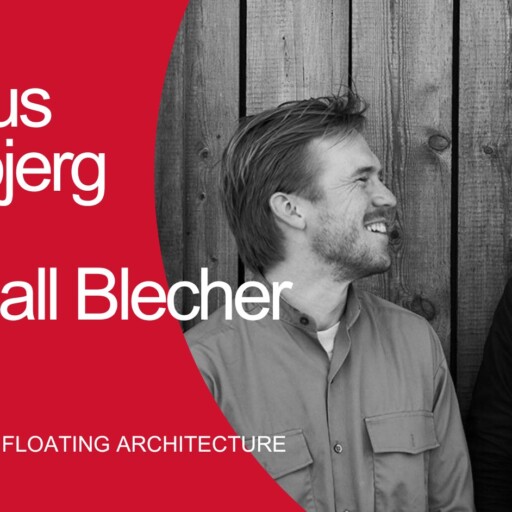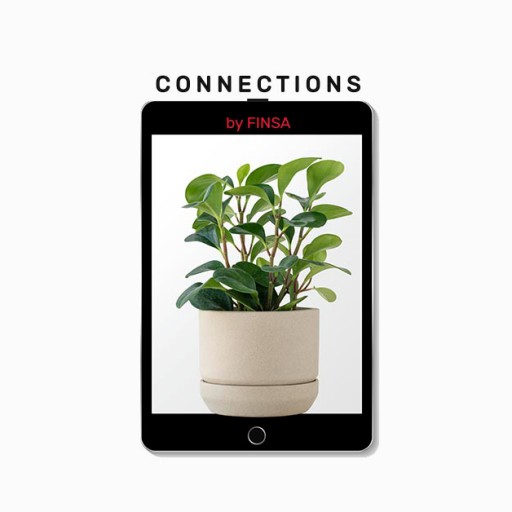“Fast and immediate” is no longer the mantra of many people living in developed societies. They have realised that consuming to satisfy an insatiable appetite only leads to never-ending frustration. This is slow design. First, it was food, then our cities, then fashion, then education, tourism, work…and now design. The ‘slow’ philosophy is here to stay and is ready to fight our current throwaway culture.
Slowness and reflection versus speed, consumerism versus sustainability, materialism versus wellbeing, the ephemeral versus the permanent…the slow movement proposes a complete change to our priorities and our attitudes towards life. It seeks to strip “slowness” of all the negative connotations with which it has been associated during the growth of our consumer culture.
The movement began in Italy in 1986, when Carlo Petrini was shocked by the opening of a McDonalds in the Piazza di Spagna in Rome. He decided to begin a protest movement to promote slow-cooked food, using traditional recipes and local products. And so, in 1989, the concept of slow food was born. Little by little, this way of thinking about preparing and enjoying food was extended to other areas, which eventually combined to create the slow movement. This philosophy seeks to abandon the culture of speed associated with our current way of life and to take things slowly, casting off the need for more in favour of enjoying what we already have. The movement was defined by Canadian journalist Carl Honoré in the book “In Praise of Slow“.
Slow design
The concept has also been adopted in the design world, where it is characterised by the prioritising the wellbeing of the individual and respecting the environment, based on a study of our true needs.
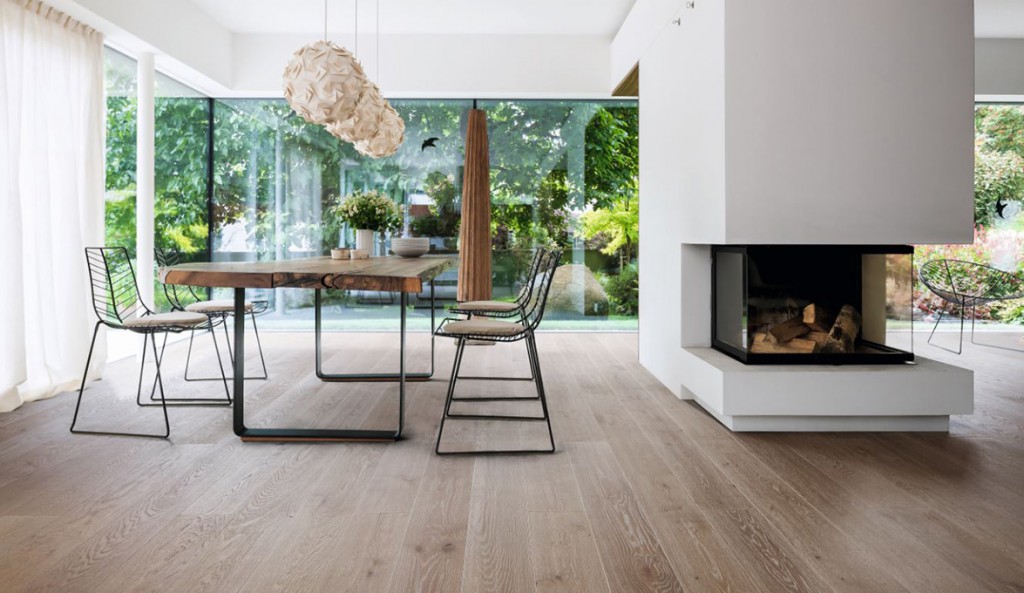
Its principles are reflected in the manifesto put forward by Alastair Fuad-Luke:
- Designing in order slow down consumption by humans, the economy, and of resources
- Making individual, sociocultural, and environmental wellbeing the centre of design.
- Designing in celebration of slowness, diversity, and pluralism
- Design which promotes a long-term vision
- Design focused on the continuous present
- Design as a counterweight to the speed of the current industrial and consumer paradigm
Applying these principles, we see that design:
- Provides a space for thinking, reacting, dreaming, and meditating
- Prioritises people first, then commercialisation
- Prioritises the local over the global
- Serves to generate benefits for the environment and our wellbeing
The process of slow design is comprehensive, holistic, inclusive, reflexive, and respectful. It emphasises the importance of democratising the design process to include a wide range of collaborators.
“The main objective of design is to improve people’s lives,” affirms Emmme Studio, the first architectural studio in Spain to be completely focused on slow design. Comprised of three architects specialising in interior design and computer graphics, they have been developing projects based on the true needs of their clients for three years. These needs include “the ones of which are they are conscious as well as those that we help them discover using the tools we have at our disposal.”
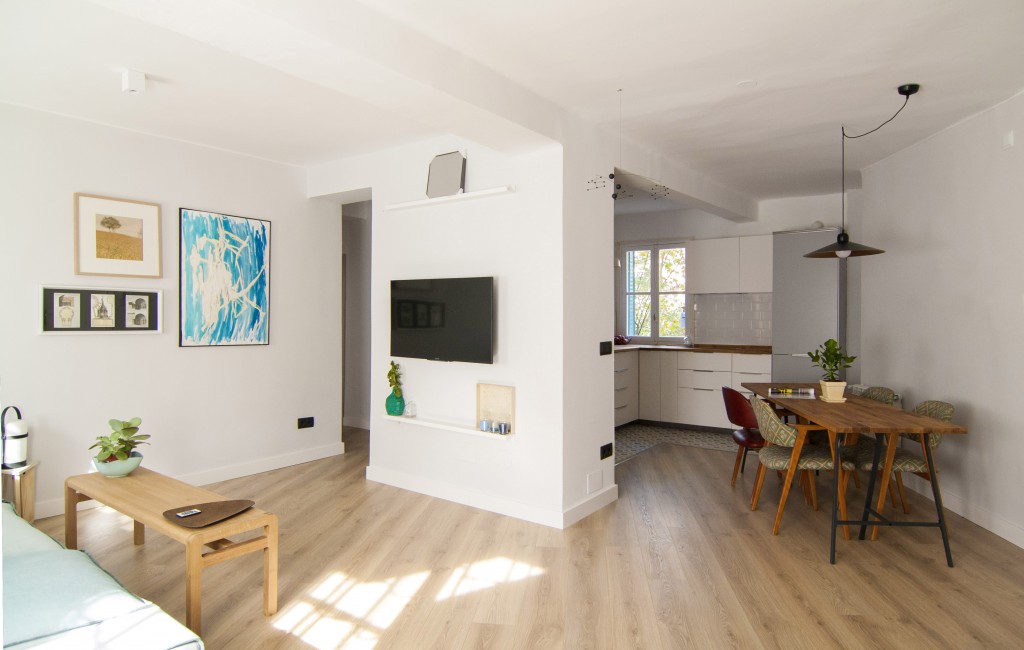
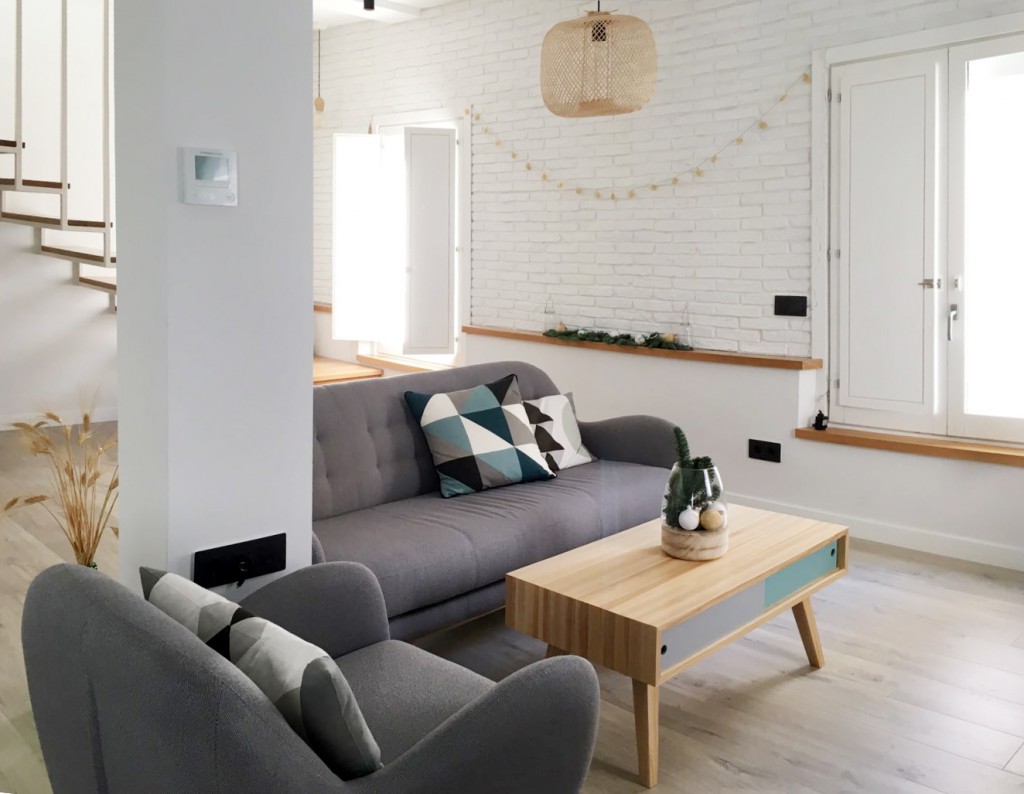
According to their analysis, the movement took off in Spain after the economic crisis forced people to revaluate creation and materialisation processes. “The growth in production rhythms, the economic boom, great demand, and the real estate bubble were the triggers for an acceleration that, over many years, destroyed creative processes, leading to a loss of our ability to think critically, or rather laying it aside, valuing quantity over quality.” They define a slow space as “one into which you enter and, without knowing why, you want to stay.”
Removing partitions
These spaces seek to create an atmosphere which encourages interaction, teamwork, dialogue, and a family spirit. For this reaso,n connected spaces are the key players here. Common areas where time seems to stop bring to life the movement’s fight against the “tyranny of the clock”. As Carl Honoré says: “I think we have lost the art of losing ourselves in the moment, the art of being present. One of the fundamental benefits of the slow movement is regaining that ability to enjoy and savour the minutes and the seconds instead of just counting them.”
In a living space, the idea of open social spaces eliminates any walls or partitions that might impede free circulation in the most-used areas of the home, such as the living room, dining room, and the kitchen. These are spaces are bright and clear, where natural light predominates and the maxim of “less is more” is upheld. They are comfortable, relaxed, and restrained. Furthermore, they feature natural, eco-friendly, and recycled materials. The inclusion of traditional pieces and the elimination of superfluous objects are also valued.
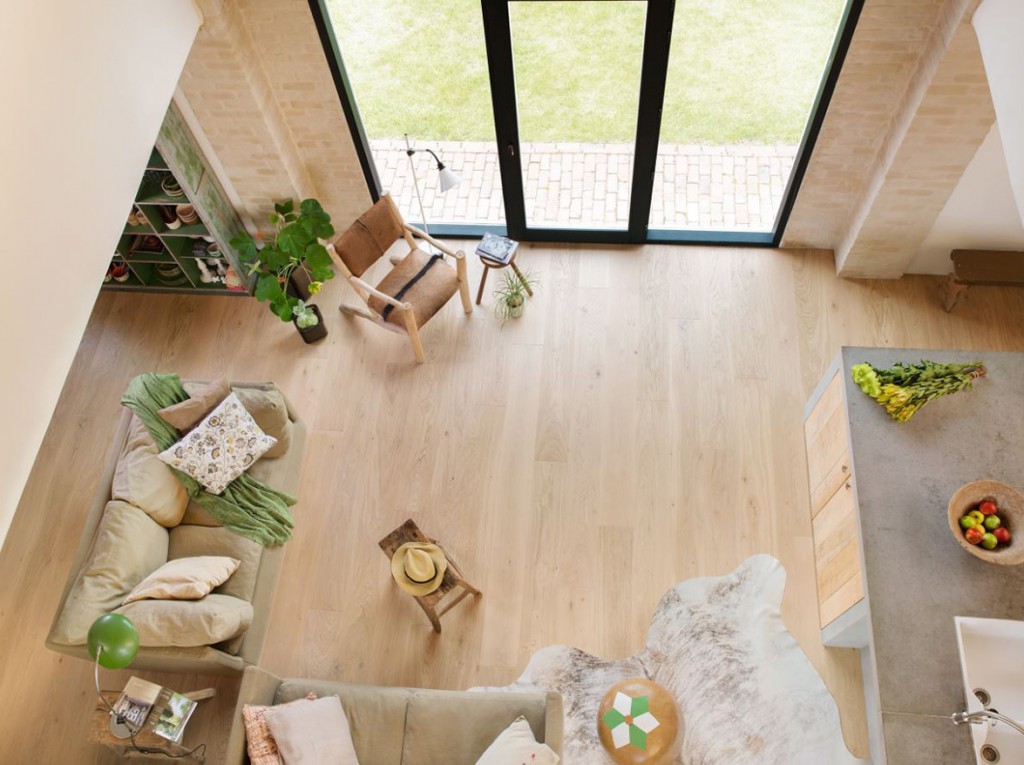
This movement opts for the use of simple shapes and pieces and promotes the use of quality, sustainable, and fair-trade products. Some of the best-known examples of this are the objects created by London-based Spanish designer Tomás Alonso. In an interview with Architectural Digest, Alonso states the importance of “reducing, as much as possible, the lines, the amount of material used, the components, the visual space of the object, and the steps taken to achieve the same result”. His work exudes functionality and eco-friendliness.






